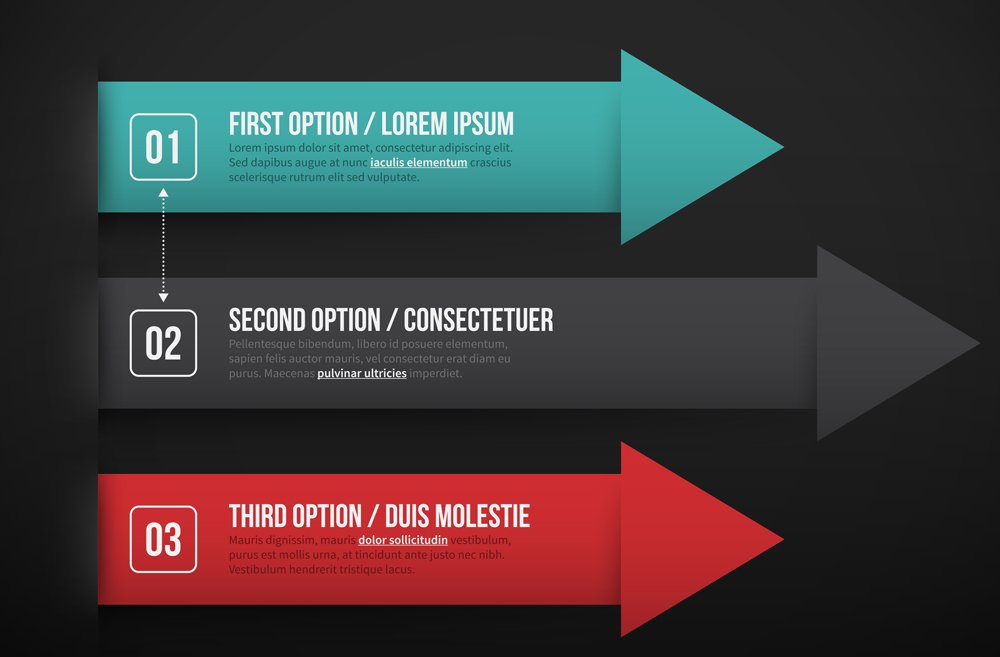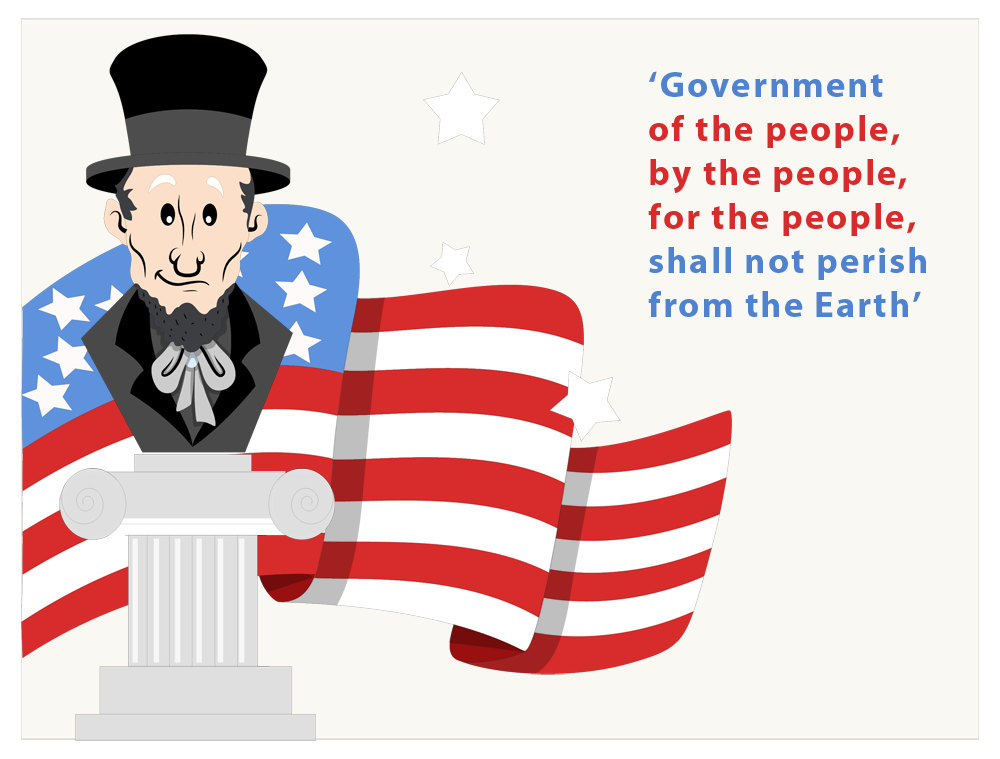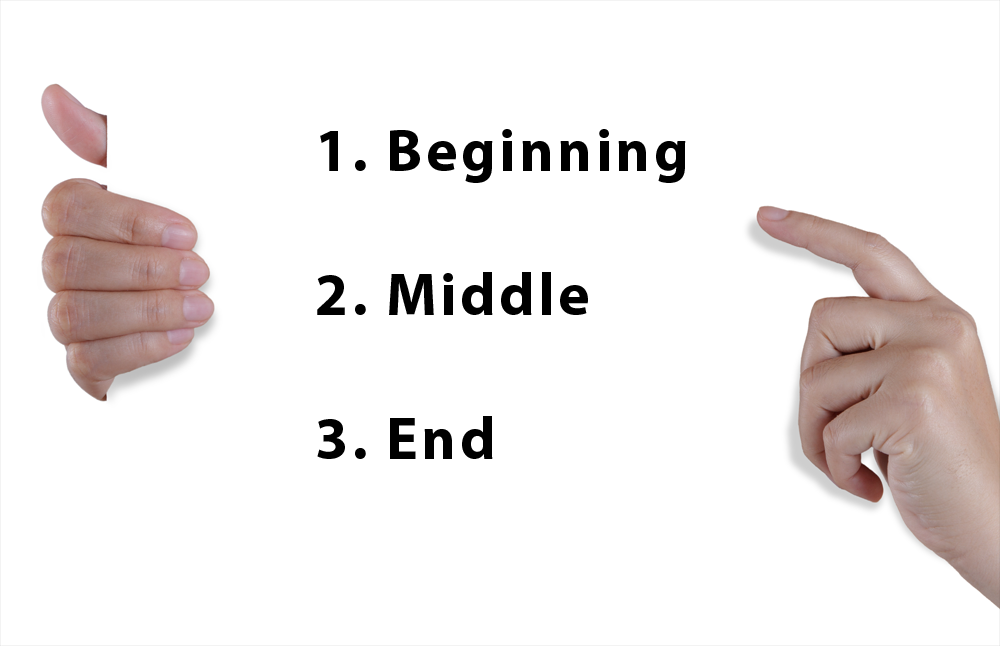Using the Rule of Three in Presentations
Last updated on July 11th, 2024

One of the most important aspects of making a presentation is to keep in mind the rule of three! This is perhaps one of the most underused techniques, as many presenters are simply unaware of the significance of the rule of three.
Three, The Magic Number
There is a lot that banks on three for success. If you’re a presenter, your audience is likely to remember three aspects of your presentation, i.e. the start, the middle and the end. This is not to say that they shall remember each and every aspect of the aforementioned but rather things that stand out. Hence, you must make sure that you apply the rule of three with some dexterity.

The Most Recognized Lines from Literature & Movies have Three Aspects
But three is not just limited to presentations. Art, literature and visuals, all make use of the rule of 3. The catchiest phrases are the ones that use this very rule, for example; ‘the good, the bad and the ugly’. Even the most recognized pieces of literature, such as ‘Love all, trust a few, do wrong to none’ – William Shakespeare.
Great Leaders Have used the Rule of Three
The rule of three has also been used by great leaders in their speeches and in defining attributes for their countrymen to follow. Here are a few examples:
- ‘Never, never, never give up’ – Winston Churchill
- ‘With faith, discipline and selfless devotion to duty, there is nothing worthwhile that you cannot achieve’. – Muhammad Ali Jinnah
- ‘Government of the people, by the people, for the people, shall not perish from the Earth’. – Abraham Lincoln
The famous quote by Abraham Lincoln is often shortened to ‘Government of the people, by the people, for the people’. Similarly, the quote by Muhammad Ali Jinnah has been shortened to Unity, Faith, & Discipline’, which after his famous speech became recognized as the three guiding principles of the people of Pakistan.
In all the aforementioned, the rule of three is used. This is not to say that these leaders deliberately used it; however, using the rule comes naturally in speech, especially when one tends to emphasize upon an important point. As a presenter you might want to bear that in mind to make good use of this rule to focus on the key aspects of your presentation. You can also get a few ideas from our posts on Persuasive Speech Topics.

Rule of three in Composing Visual Images, Math & Computer Programming
The rule of three is also used in composing visual images. Photography, films and painting all use this rule. For example, the rule of thirds is used when making use of guide lines for aligning images. Moreover, the rule of three is also used in computer programming such as C++, mathematics, statistics, economics, business concepts, etc.
Using the Rule of Three in Presentations
When making presentations, you need to remember how to incorporate the rule of three best. Below are a few ideas to help you do just that.
1. Divide Your Presentation in Three Parts
You might want to focus on the three key aspects of your presentation, i.e. the beginning, the middle and the end. To make each of them meaningful, make sure you are able to indulge your audience with meaningful information that would help them connect all three of the aforementioned. For example, you can start with a memorable phrase to set the tone. When discussing key findings, try to focus on only the essential bits, followed by a conclusion that can leave your audience with a memory of the concluding bits (e.g. a call to action).

2. Use Catchy Phrases using the Rule of Three
You can use the rule of three for the three parts of your presentation. Say, your presentation is about the environment, you can divide it in three parts as; ‘identification, mitigation and conservation’. In this case you can start with your presentation by highlighting problems, followed by the middle of your presentation where you give mitigation strategies, followed by the conclusion which may emphasize on conservation of the environment.
You can use the rule of three to make your presentation memorable by allowing your audience to focus on three key aspects, i.e. ‘identification, mitigation and conservation’.

3. Use Visual Images using the Rule of Three
There are a number of ways you can apply the rule of three to visual imagery. One method is to use isometric images and templates. In previous posts we have already explained the benefits of using Isometric PowerPoint Templates & Clipart. This type of images are three dimensional and give the illusion of more depth than 2D images, making them more memorable and visually appealing.

Similarly, you can use other types of 3D imagery which can be pivotally placed in slides to emphasize an important point. Another method of making good visual use of the rule of three in presentations can be to use three dimensional videos or images which have three essential aspects, such as the ground, the mountains and the horizon.
Here is a tutorial which shows you how to add a video frame in PowerPoint slides. This tutorial also uses the rule of three in visual imagery, as the there are three key aspects of the slide, i.e. the background, video frame and the video running inside it.
When applying the rule of three to your presentations, be it in your presentation speech, visuals or the general outline of your presentation, you will find it easier to get your message across and make your presentations more memorable. You may apply this rule with other relevant rules, like the 5/5/5 rule for presentations or the PowerPoint 7×7 rule.
